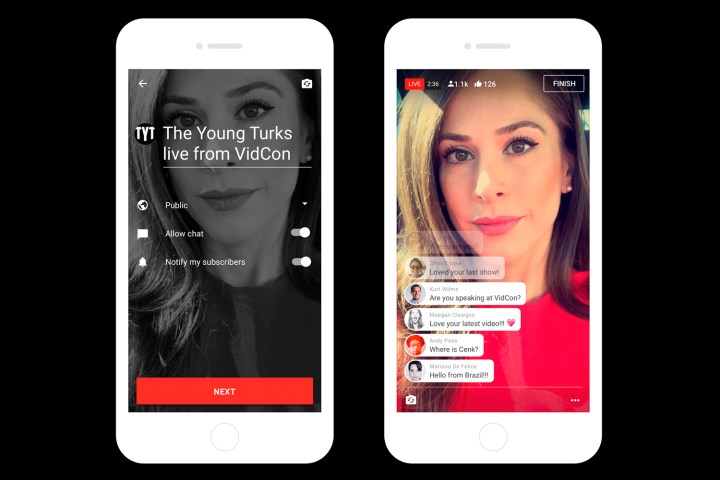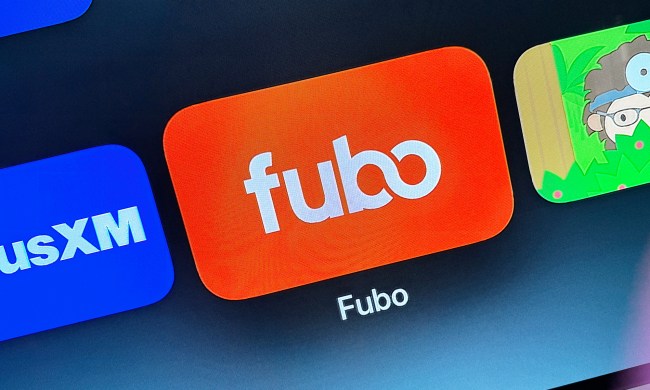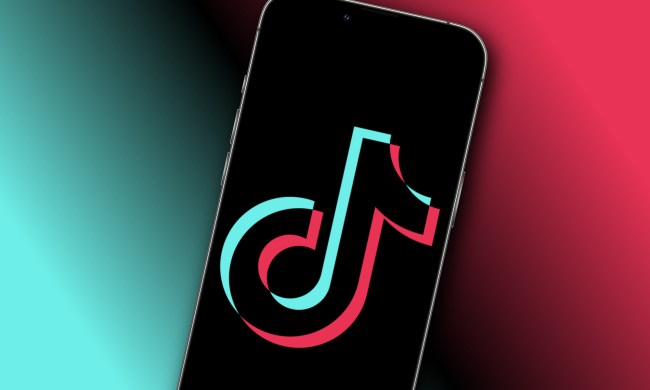
Google’s video platform detailed all the new video formats it was pursuing, including 360-degree videos and VR. During the keynote, YouTube CEO Susan Wojcicki stated that the platform contains the most 360-degree video content on the web. She added that YouTube was also pairing its biggest creators with VR companies to produce new content.
The most exciting news for general users, however, was the live-streaming update for the YouTube app. After claiming that YouTube was investing heavily in the format, Wojcicki gave the VidCon stage to Kurt Wilms, product lead of immersive experiences at YouTube, to show off the new feature.
As Wilms opened up the YouTube app, the screen behind him projected the live-streaming function. In terms of its UI, the design matches Periscope, in that it shows you live interactions in the form of speech bubbles that mount up on the left-hand side of the display. Other live-streaming icons include a viewer count, a “like” count, and a button that lets you switch between the front and rear cameras on your smartphone. As Wilms demonstrated, you can also take a photo beforehand as a title banner for your broadcast.
“I’m really looking forward to seeing how everybody here uses these creative tools,” Wojcicki said during the keynote. The live-streaming capability is currently exclusively available to a small selection of YouTube’s biggest creators, including The Young Turks, AIB, and Alex Wassabi, among others. It will be rolled out to general users soon, although YouTube did not reveal a specific date.
The update sees YouTube play catch-up with the likes of Twitter’s Periscope, and Facebook Live. The latter has been dominating the headlines of late, thanks to its spending spree to attract notable talent (including celebs and media companies) to its burgeoning feature. Facebook CEO Mark Zuckerberg has even been doing his own fair share of legwork to promote Live, including a series of broadcasts from Facebook HQ.
YouTube, in its own words, boasts that it has a better infrastructure in place than its competitors to take advantage of live-streaming. The Google-owned video platform undeniably has an existing hotbed of popular creators, which it is also promoting through its subscription service YouTube Red, that can help spread the word on the update to its millions of subscribers. It is also already home to the biggest media companies that will likely utilize live-streaming in order to reach YouTube’s audience of 1 billion users, who watch an average of 40 minutes of videos per day on mobile devices. Engagement is evidently not an issue for the platform.
The announcement heralds the arrival of a new heavyweight contender in the live-streaming arena. One that could potentially land a knockout blow to its rivals, Twitter and Facebook.


